Kick Out The Jams
Compression can also be used to shape individual sounds rather than simply control dynamics. Its effect is often most noticeable with drum elements. Let’s look at the kick drum. Here it is unprocessed:
Compression of this type is used to shape the transients of the sound. We use the attack setting to determine the time it takes for full compression (set with the ratio and threshold controls) to take effect. A moderate attack time allows some of the original transient detail to push through, adding punch.
Notice how the frequency balance (the ‘click’ of the attack) is altered by applying compression in this example, as well as the dynamics of the sound. In this case the release time is set to allow the compressor to return to normal between drum hits.
A similar approach can be taken with other drum sounds. Here’s the unprocessed snare:
The compressor is used to add bite at the start of the snare and to focus core energy, trimming some of the ‘flab’:
It’s important to remember that these are aesthetic choices. Some tracks will demand more dynamic drum sounds while others will call for more obvious compression. Pushing the compressor to extreme settings demonstrates how much difference it can make to the snare sound. It’s easy to get carried away and arrive at an over-compressed end result which doesn’t work in the context of the track, and which batters the sound into lifeless submission:
Note: For this example we’ve matched the peak signal level of the compressed signal to that of the uncompressed signal in order to demonstrate the compressor’s impact on perceived loudness. The result? The compressed signal appears quieter than the original, but its peak level is identical. Compression is always about finding a compromise between dynamics, tone, perceived loudness and the available bandwidth in the mix. In most cases these are fundamentally aesthetic choices.
Shades of Bass
Compression isn’t just about dynamics. It can also be used to colour a sound. Different compressor models react to the same material differently depending on their design – even with the same apparent settings, or in cases where the threshold is set at a point which doesn’t result in any gain reduction whatsoever.
We’ll begin with an uncompressed bass part:
Colouration is partly caused by small distortions introduced to the signal path and many of today’s popular plugin emulations model classic units that introduce these barely noticeable amounts of distortion. Here we’ll take a look at some examples of the subtle differences between compressors. We start with the Waves C1:
Next, the Universal Audio 1176:
Note: like the original 1176 hardware compressor, the software version’s controls lower the attack and release times as they are turned clockwise. The Input and Output controls are used to adjust the compression threshold and make-up gain.
And finally the Universal Audio Fairchild:
The differences in sound are subtle, but in just the same way as we might choose one drum sample over another, or elect to use a particular synth for a melodic part, we can use our choice of compressor to colour the sound of the mix in the way we want.

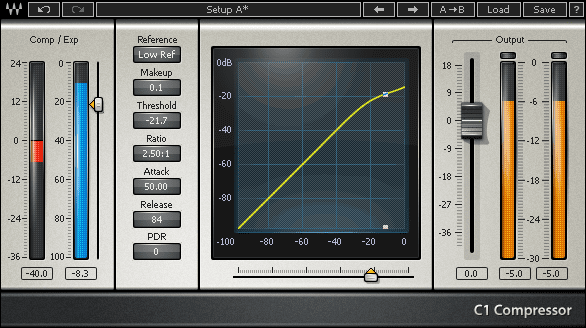
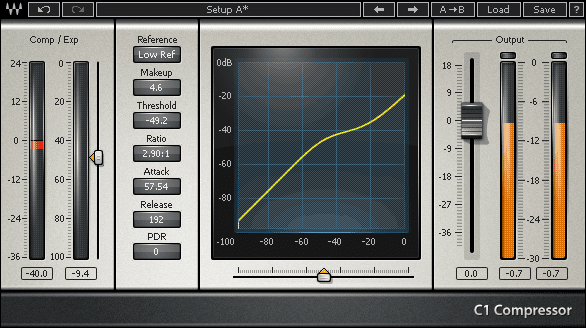
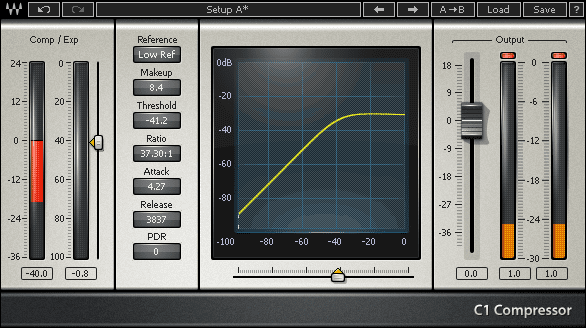
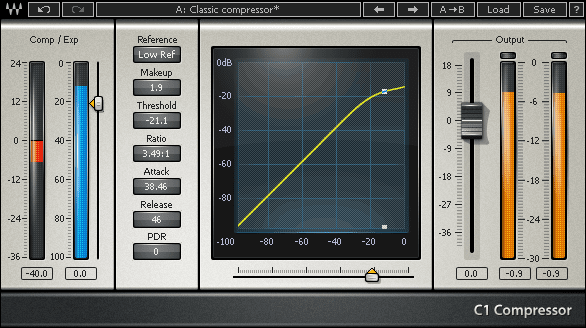

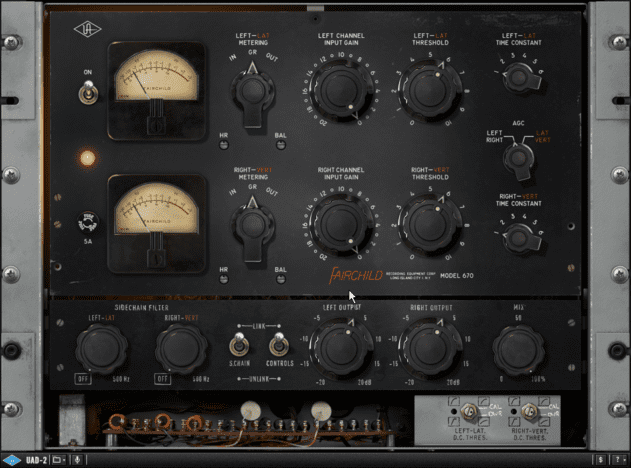
10.48 AM
Glad to see that this article got a re-work. The first version felt a little rushed, and whilst I don’t doubt the credentials of the author, some of the examples were very odd. I personally thought that it didn’t put enough emphasis on how complex compression is as a tool.
Obviously there is too much to cover in one article, but because compression can be such a subtle technique, it really requires a solid understanding of it’s applications from the outset. When I was initially taught about it, and then in passing that knowledge on, I’ve always found the most fundamental thing to know, is not how to use compression, but when to use it.
You’ve set yourself an incredibly high standard with your walkthrough and tutorial articles, you’re one of the best resources available for this kind of thing, it’s good to see that you decided to give the piece a little more attention.
01.44 PM
Thank You SO MUCH guys, I have been “Producing” for around 3 years and finally somone takes the time to explain compression correctly. Thank you so much again for doing this!
04.13 PM
Thanks for this.
I thought the audio examples were excellent in bringing the respective points across.Thanks again !